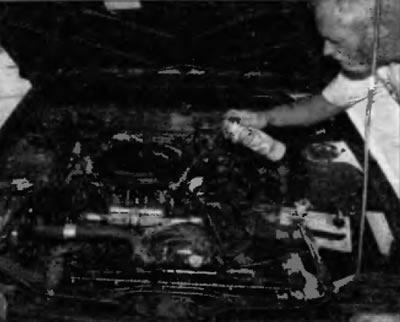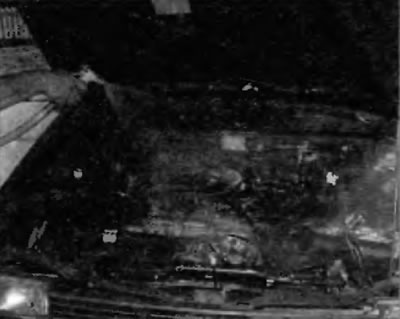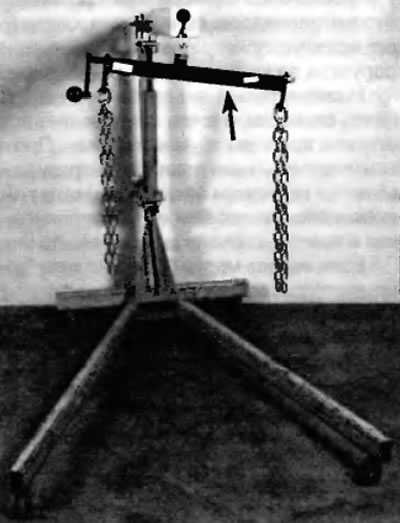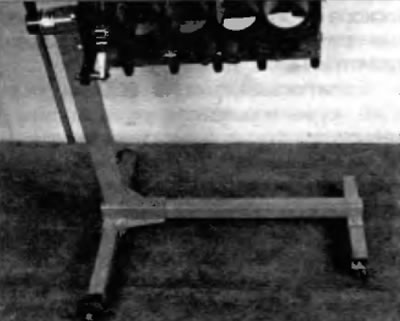Before starting work, carefully read all the removal and installation procedures. The engines considered here are removed by lowering them to the floor and then raising the car enough to remove the engine from under the car. This will require a car lift.
It is very important to choose the right place to do this work. An appropriately sized work area and space for the vehicle is required. If you do not have access to a workshop or garage, you will need at least a level, level, clean work area with asphalt or concrete. Cleaning the engine compartment and engine before removing the latter will help keep the tools clean and tidy (pic. 6.1 and 6.2).

Ryas. 6.1. After carefully sealing water-vulnerable parts, apply cleaning spray to all areas of the engine compartment, increasing the amount to heavily oiled areas, usually around the cylinder head cover and the lower edges of the cylinder block. If any area dries out, apply more cleaner

Pic. 6.2. Depending on how dirty the engine is, allow the cleaning agent to soak in according to the instructions provided, and then use a hose to rinse off the dirt and cleaning agent. Supply rinse water down to every zone you can reach; then dry important items with a hair backdrop or napkins
You will also need an engine hoist or an A-frame. Make sure the equipment is rated for the combined weight of the engine and transmission. Safety is paramount, especially given the potential dangers of these types of procedures.
If you are doing engine removal for the first time, it is highly advisable to have an assistant. There are so many examples where one person cannot safely perform the steps required to remove a bulky and heavy engine from a vehicle. A second person should always be on hand to assist in an emergency. Also, if you are removing an engine for the first time, advice and help from someone more experienced would be greatly appreciated.
Plan all work in advance. Before starting, get (buy or rent) tools and equipment that you need but don't have (pic. 6.3 and 6.4). To the list of equipment necessary for the safe and relatively easy removal and installation of the engine, in addition to the lifting device (with a set of slings and hooks) Includes heavy duty floor jack, complete wrenches and socket sets (as described at the beginning of this manual), wooden blocks, a sufficient amount of rags, and cleaning solvent to remove spilled oil, coolant, and fuel. If any equipment, such as a lifting device, is to be rented, take care of it in advance and complete any steps that do not require it before renting it. This will save money and time.

Pic. 6.3. Purchase/rent an engine hoist with a lifting capacity that allows you to easily remove the engine from the engine compartment and return it to its place. An adapter like the one shown here can be used to change the angle of the motor when removing or installing it

Pic. 6.4. Purchase/rent a stand that is strong enough to support the engine while working on it. In the case of CVTs with three support wheels, keep clear of the stand, as it tends to tip over. Therefore, it is recommended to use a stand with four wheels
Expect that you will not be able to use the car for a long time. Some overhaul procedures may require contacting a dealer or specialist shop/workshop. These businesses often have busy schedules and we recommend that you consult with them prior to engine removal and disassembly. This will allow you to accurately estimate the time required to complete the repair.
